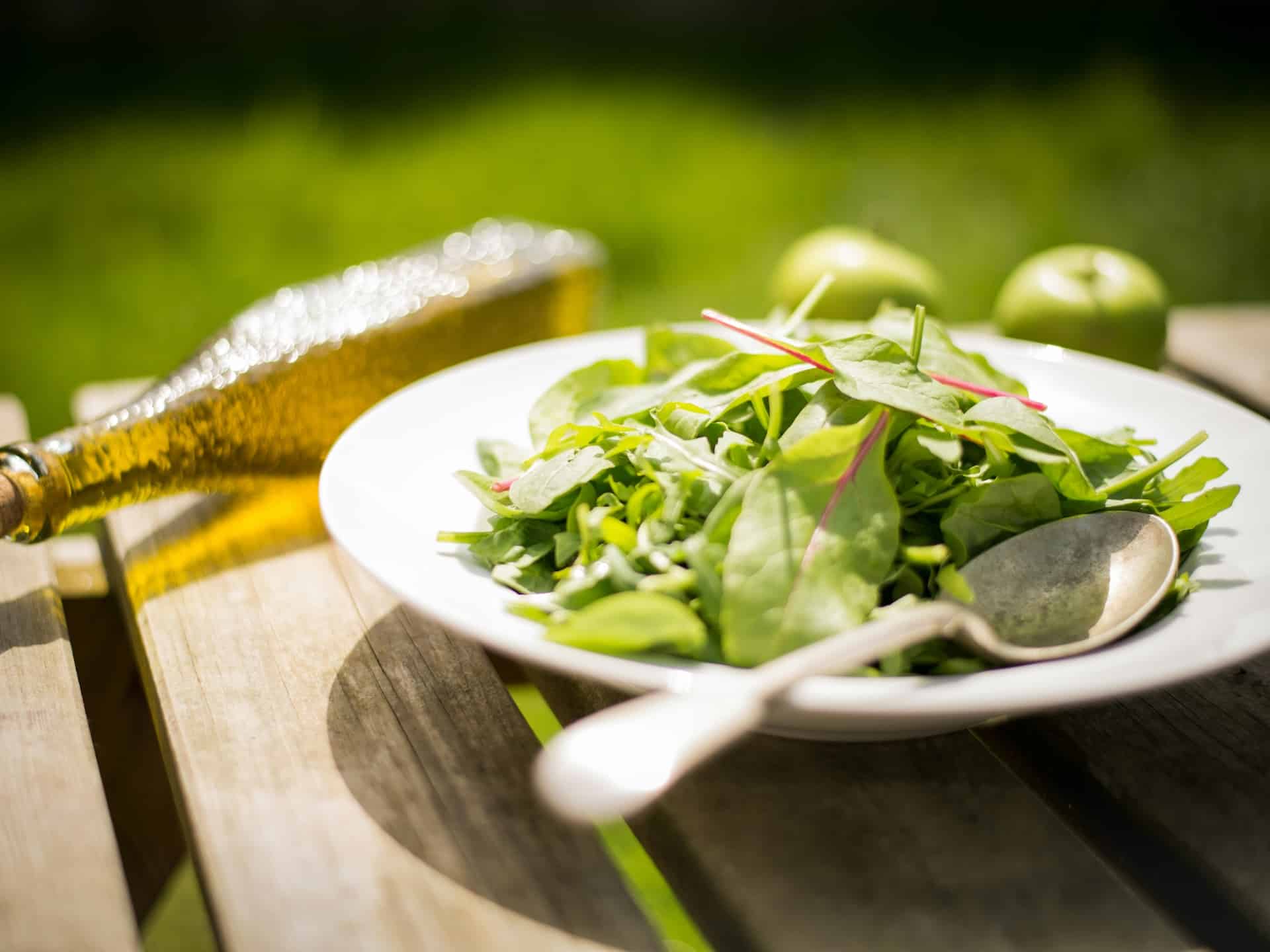
In 2017 World Health Organization identified mercury as one of ten chemicals or groups of chemicals that pose special public health problems. The main route of human exposure is the consumption of seafood and fish with mercury. Or, to be more exact, contaminated with methylmercury, an organic compound present in these foods.
Last year, the Spanish Agency for Food Safety and Nutrition (AESAN) also made reference to this same issue, regarding which numerous doubts still arise. Eduard Baladia, dietitian-nutritionist and member of the Center for Analysis of Scientific Evidence of the Spanish Academy of Nutrition and Dietetics, will help us solve them.
But how does mercury get to fish?
Mercury enters the environment in two ways. One is through natural processes, such as volcanic eruptions. The second is from human activities such as industry, mining, burning fossil fuels, waste disposal… For decades it has had countless uses, from being part of paints, to being incorporated into vaccines, dental amalgams, batteries and cells. . , fluorescent and low-consumption lamps, measuring devices (thermometers and barometers), etc.
Currently there are different political measures aimed at reducing the emission of mercury into the environment.
Mercury and its effects on childhood health.
Excessive intake of mercury can have negative effects on the health of children. “These damages are especially severe in the developing central nervous system. This can occur through direct exposure through the consumption of certain foods, or indirectly, as mercury can cross the placenta and be present in breast milk.”
The health of adults is not exempt from suffering damage. The key is that even a lower dose can have a significant impact on the health of children. Hence, recommendations are established to limit consumption in pregnant women, breastfeeding women and children.

How does mercury affect health?
The AESAN document titled Fish Consumption Recommendations Due to the Presence of Mercury distinguishes between two different mercury compounds, methylmercury and inorganic mercury. Both are harmful although to different degrees:
- he inorganic mercury mainly affects the kidney, where it causes an increase in weight. It can also affect other organs, such as the liver, nervous system, immune system, and reproductive and developmental systems.
- he methylmercury It is the most toxic form of mercury, as it causes damage even with lower doses and is absorbed much more quickly. Furthermore, thanks to its lipophilic nature, it can reach a greater number of organs, such as, for example, easily crossing the placenta and the blood-brain barrier. Once there, it affects the developing central nervous system. This explains why health recommendations suggest limiting or avoiding large fish in pregnant women (to avoid risks to the fetus) and in young children. Effects on body weight gain, locomotor function, and auditory function have also been observed.
If all fish are in the water, why do some have more mercury?
Mercury reaches fish through its release into the environment, i.e. when it reaches the waters of rivers and seas. The concentration of mercury in fish will appear in different proportions, depending on their position in the food chain.
“This is what is known as bioaccumulation: larger and longer-lived predatory fish tend to have higher concentrations of mercury,” he explains.
These are the fish with the most mercury
Species that occupy a higher place in the food chain, that is, those that feed on fish that, in turn, have fed on other fish, accumulate mercury from all the animals that have previously ingested that metal. They are also larger animals that consume large amounts of food, so they ingest larger amounts of that element.
In this way, there are 4 species identified with a high mercury content:
- swordfish
- shark (including dogfish, mako shark, dogfish, dogfish and blue shark)
- Red tuna
- pike
Are there fish low in mercury?
Baladia includes in this list haddock, anchovy, areque, cod, blue whiting, cockle, mackerel, squid, shrimp, crab, cane, saithe, carp, squid, squid, the cuttlefish, the crayfish, the coquina, the sea bream, the sprat, the shrimp, the horse mackerel, the lobster, the prawn, the European sole, the dab, the sea bass, the mussel, the whiting, the hake, the razor clam, the oyster, pomfret, flounder, squid, octopus, shrimp, Atlantic and Pacific salmon, sardine, sardinella, sardinopa, plaice and trout.
The other species of fishery products not specifically mentioned “are considered to have a medium mercury content,” he concludes. In these cases, the recommendation is to alternate consumption between them.

Maximum tolerable intakes of foods with mercury
In 2012, EFSA updated the tolerable weekly intake of methylmercury at 1.3 micrograms per kilogram of body weight. As for the inorganic mercury was estimated at 4 micrograms per kilogram of body weight.
How can citizens know that the fish that reaches their table does not have an excessive mercury content? Eduard Baladia remembers that the health authorities – the European Food Safety Authority (EFSA) at European level, and the AESAN At the national level in our country – it establishes severe limits and they have the surveillance mechanisms to ensure that these limits are met.
To give some examples of Maximum quantities of mercury authorized by AESAN., monkfish, sea bream, swordfish and tuna cannot have a mercury content higher than 1 gram per kilogram of weight (mg/kg). In the case of anchovy, sardine, Atlantic cod or salmon, these maximum amounts of mercury are set at 0.30 mg/kg.
«This control ensures that, by following the fish consumption recommendation for the general population (3-4 servings a week, varying between white and blue fish and avoiding those with higher levels of mercury and preferring lower ones), «They exceed the maximum limits of mercury consumption,» concludes the dietician-nutritionist.
Precautions when consuming fish and seafood in the general population
Eating fish is not only safe, but it is very healthy. This group of foods provides proteins of high biological value and other essential nutrients such as iodine, selenium, calcium and vitamins A and D, with well-established health benefits. It also provides omega-3 polyunsaturated fatty acids, an essential component of dietary patterns associated with good health.
Although adults do not have to limit themselves to consuming a specific amount of fish, the consumption recommendation is usually set at 3-4 servings of fish a weekvarying the species of fish between white and blue, so that not all of them have a high mercury content.
Special advice during pregnancy and infants
Women who are pregnant, or plan to become pregnant, and those who are breastfeeding do not have to stop eating fish. Now, these are special cases in which «it is advisable to consume 3-4 servings of fish per week, opting only for low mercury species”concludes Baladia.
Recommended intake limits in children
In the case of children, the AESAN establishes specific recommendations for fish consumption by age:
- Children from 0 to 10 years: It is recommended to consume 3-4 servings of fish per week, choosing among species with low mercury content. Must be completely avoid the consumption of species with high mercury content.
- Children from 10 to 14 years old: The recommendation is the same as for younger children, but they can consume species with high mercury content up to 120 grams of fish per month.
Other foods that also contain mercury
This metal can also be found in other foods, such as salt or some dietary supplements, but fish is the main source of mercury in the diet according to the EFSA.
The ALDI Council
Do you like Cádiz bienmesabe? Normal, because he is very hot! But don’t forget that that fish is a dogfish, a type of shark. If you are pregnant, you better deprive yourself of that delicious bite this time.

Eduard Baladia. Coordinator of the Scientific Knowledge Management Area and the Center for Analysis of Scientific Evidence of the Spanish Academy of Nutrition and Dietetics. Director of the Evidence-Based Nutrition Network (RED-NuBE) and Associate Professor in the Department of Experimental and Methodological Sciences of the University of Vic. Instagram @ebaladia. Twitter: @EBaladia. Facebook: @ebaladia







